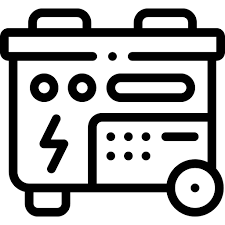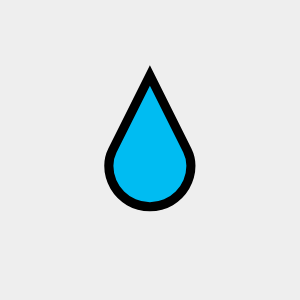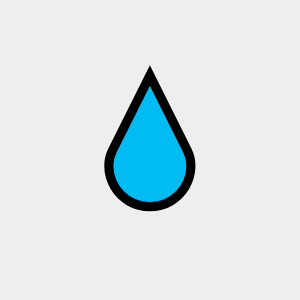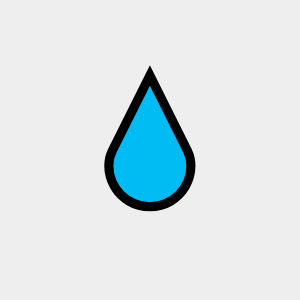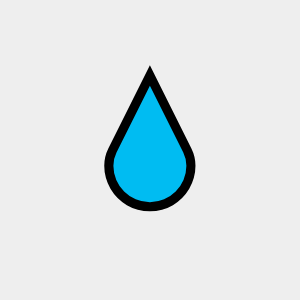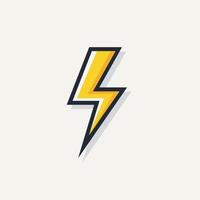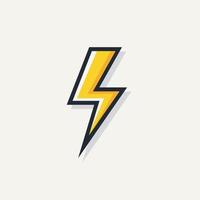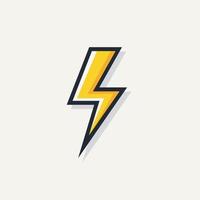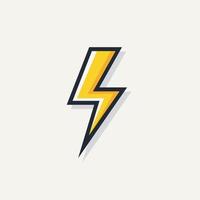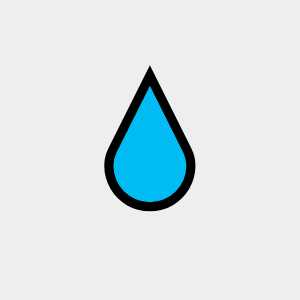Title Page
-
Site conducted
-
Conducted on
-
Prepared by
-
Location
-
Work Order Number
Untitled Page
(T)ools, (S)afety Equipment and (M)aterials
-
Mechanics/Electricians tool set
-
Battery tester and distilled water
-
Coolant sampling collection bottles
-
Replacement zincs
-
Oil sampling collection bottle
-
Engine oil
-
Oil filters
-
Air filters
-
Fuel filters
-
Collection container for used oil
-
Plastic bags for used oil filters
-
Ladder
-
Insulation Tester
-
Infrared Measurement Meter
-
Cleaning materials
-
Vibration measuring equipment
Safety Guidelines
-
Schedule equipment downtime with operating personnel
-
De-energize, tag, and lock out circuits and machinery. Disable automatic starting circuits. DANGER-CHECK THAT CIRCUITS ARE DEAD BEFORE STARTING WORK.
-
Have approved type fire extinguishers readily available
-
Allow no open flame or smoking in area
-
Use safety type fuel cans only
-
Use extreme caution when removing the radiator pressure relief cap. Steam may spray outward under high pressure
-
Follow site safety procedures and your supervisor instructions
-
Record and report equipment damage or deficiencies
-
Record all test results in the component maintenance log
-
Obtain and review manufacturer maintenance instructions
-
Tests to conform with manufacturer test procedures and values
-
Use proper personnel protective equipment when handling hazardous materials, fuels, and lubricants
-
Complete RCM procedures CM-0002 (Qualitative Infrared Thermography) and CM-0003 (Insulation Test, Motor).
Maintenance Procedures
-
Perform a walk around inspection
-
Inspect and wipe down the generator
-
Check electrical connections for evidence of looseness or overheating
-
Rotating Rectifer - Check
-
Speed Sensor - Clean / Inspect
-
Starting Motor - Inspect
-
Stator Lead - Check
-
Perform CM-0003 (Insulation Test, Motor)
-
Check coolant level
-
Cooling System Coolant Sample (Level 2) - Obtain
-
Belts - Inspect / Adjust / Replace
-
Check the jacket water heater for proper operation
-
Check radiator hoses for wear and cracks. Plan for replacement if necessary
-
Inspect zinc rods. Change if necessary
-
Radiator - Clean
-
Water Pump - Inspect
-
Engine Air Precleaner – Clean
-
Engine Air Cleaner Service Indicator – Inspect
-
Engine Air Cleaner Element (Dual Element) - Clean / Replace
-
Engine Air Cleaner Element (Single Element) - Clean / Replace
-
Check fuel level
-
Drain water and sediment from the day tank. Clean fuel strainer
-
Check space heater
-
Bearing (Ball)-Lubricate
-
Bearing (Spherical Roller) - Lubricate
-
Crankshaft Vibration Damper - Inspect
-
Engine - Clean
-
Engine Crankcase Breather - Clean
-
Engine Mounts - Check
-
Engine Oil Sample - Obtain
-
Check engine oil level for excessive usage. Change oil and filter
-
Prelube Pump - Inspect
-
Engine Protective Devices - Check
-
Engine Valve Lash - Inspect / Adjust
-
Fan Drive Bearing - Lubricate
-
Fuel Control Linkage - Check / Lubricate
-
Fuel Injector - Inspect / Adjust
-
Fuel System Primary Filter - Clean / Inspect / Replace
-
Fuel System Secondary Filter - Replace
-
Perform a one hour system operational test under full load conditions
-
Operation for indication of defects of possible malfunctions
-
Inspect the annuanciator panel for proper operation
-
After unit has operated for 50 minutes, log the operation to show at least the following information: engine and generator speed in R.P.M., voltage, amperes, frequency, power factor, engine temperatures, engine oil pressure, hour meter readings.
-
Inspect safety devices
-
Test safety shut-off controls
-
Measure and record stator winding temperature
-
Measure and record bearing temperature
-
Test for vibration at various loads on the load bank
-
Open covers and complete CM-0002 (infrared testing) on all conductors and connections. Note: For the deficiencies while unit is de-energized. (Perform with unit running.)
-
Check charging system for proper operation
-
Check battery electrolyte level
-
Determine specific gravity of starting batteries. Add distilled water if necessary. Clean terminals. Set charge rate after generator has been operated
-
Note any exhaust, oil, coolant, or fuel leakage. Plan for correction
-
Cool down and stop the unit
-
Drain the exhaust condensate trap
-
Re-accomplish CM-0002 on any problem areas
Maintenance Hours
-
Estimated Time spent on work order?
